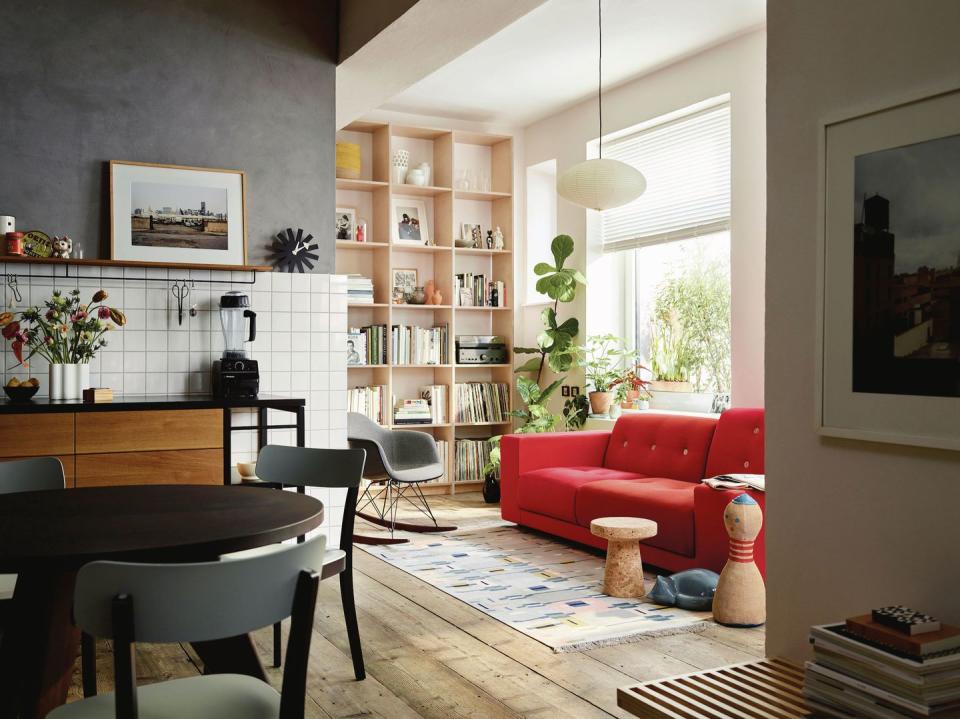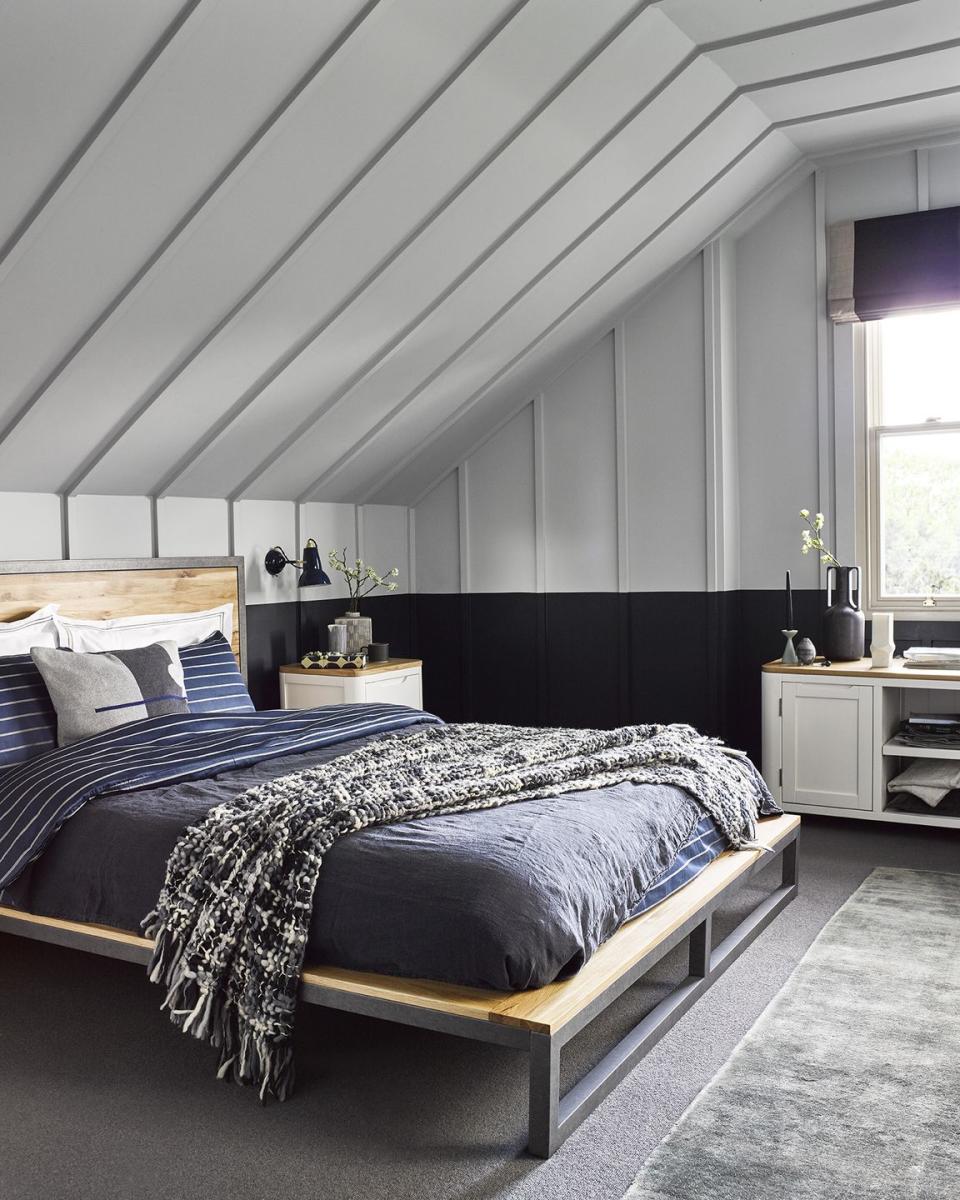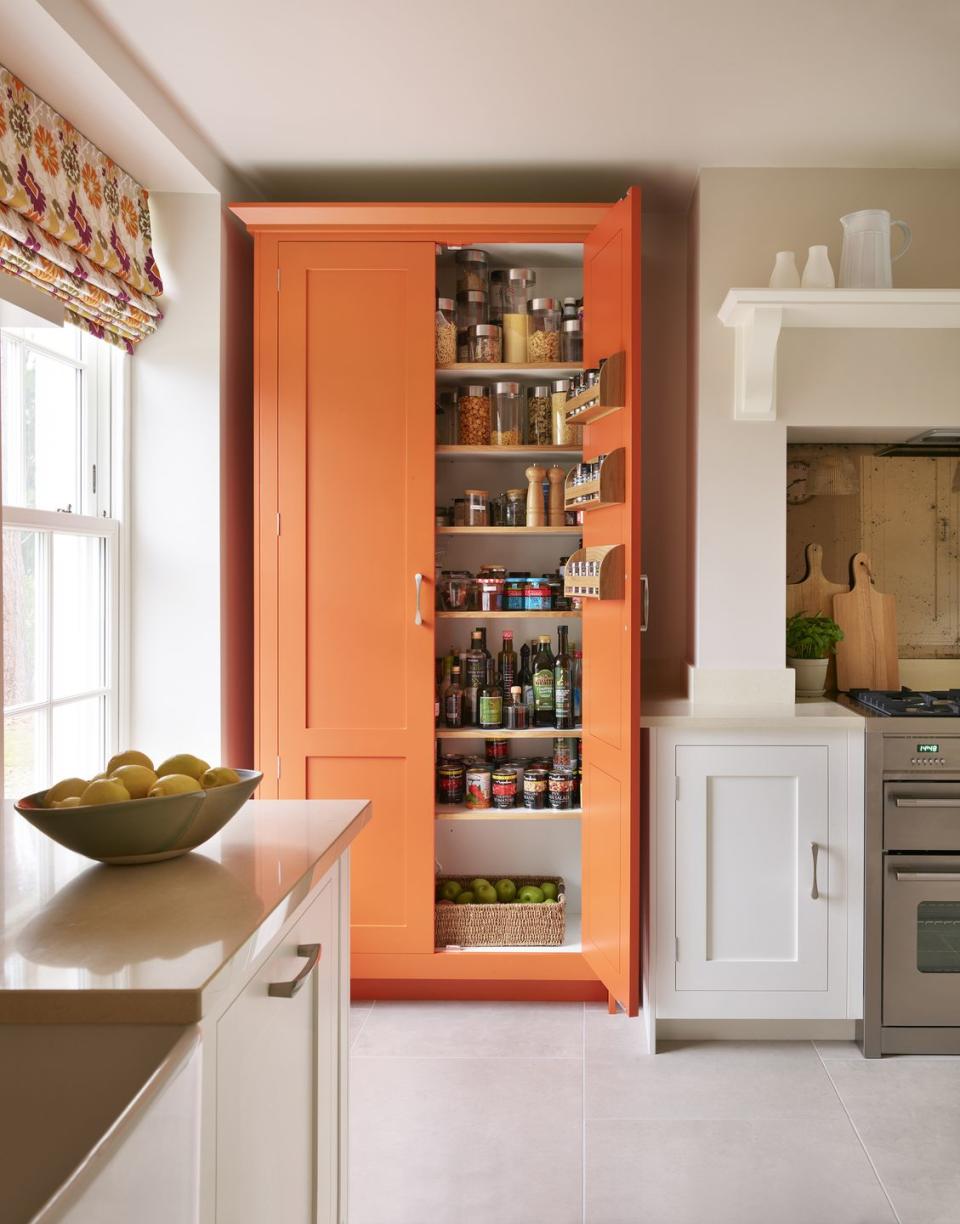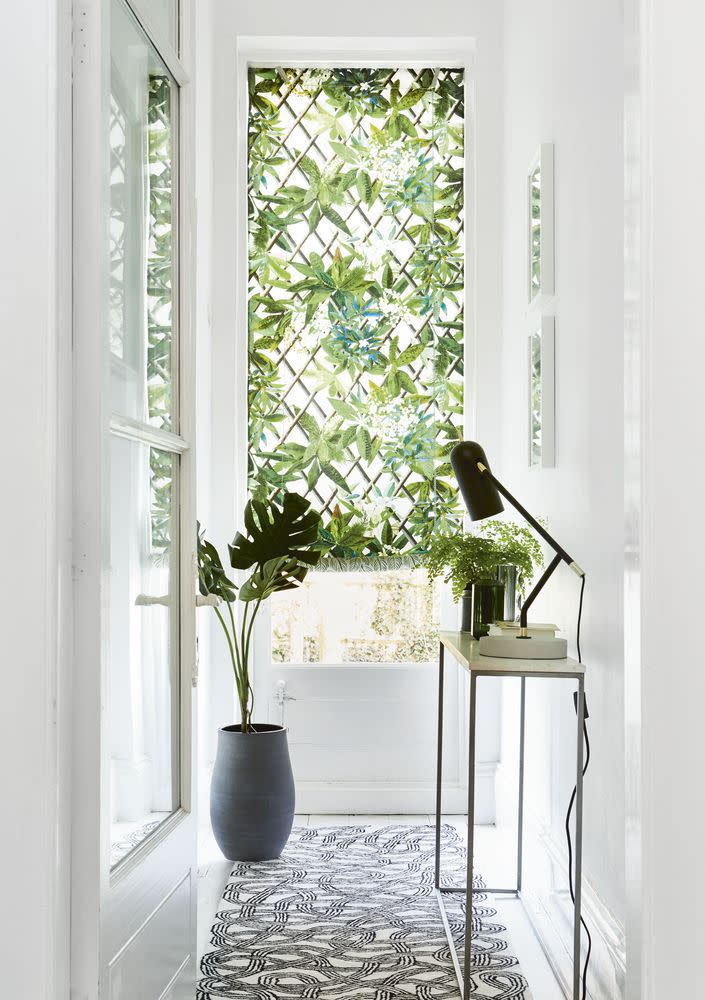Small room ideas: 8 simple ways to create more space

Your home might be small but there are plenty of ways to make the best of the limited space. Consider the bigger picture and be open to a new way of compact living with these ideas to help solve your small space concerns.
1. Rethink the layout
Before embarking on any changes, think about how you use the space. List the positives and negatives and write down your priorities for reworking the area. Instead of focusing on specific furniture or named rooms, consider the activities you and your family like to do, and how best they can be served. This will help you, and any professionals you involve, envisage a solution that's tailor-made to suit you. For example, there's no advantage in filling a cramped kitchen with more units and extensive worktops if you rarely cook.
2. Multifunctional living
Multipurpose spaces are big news, but the latest design solutions focus on 'broken-plan', rather than open-plan. 'It's less about one big area and more about the clever use of it,' says Jonathan Woodcock from architectural design and construction firm Qualitas. 'By using different floor finishes, changes in level and semi-permanent partitions such as bookcases, distinct zones for cooking, studying and relaxing are created. Around 90 per cent of the projects we're working on this year will create more flexible space that can evolve and change.'
Knocking two rooms into one to combine a kitchen and living room instantly adds light and a feeling of expansiveness. If the wall is loadbearing, the opening must be supported by a steel joist, so take professional advice from a surveyor, architect or structural engineer.
Partition walls can be removed or repositioned without the support of an RSJ. When moving the staircase for an open-plan arrangement or creating a double-height or mezzanine space, the layout and overall feeling of spaciousness will be improved but homes need quiet areas too, so do consider doors to close off a section.

3. Creating new space
Extending either outwards or upwards can provide a cost-effective alternative to moving house. Many small Victorian terraced houses have a strip of dead space at the back that could be filled by an extension. A loft conversion will add not only a bedroom, but often a shower room too. Basement conversions aren't to be undertaken lightly though; there's plenty to think about regarding the costings and feasibility. The work includes excavating, underpinning existing foundations with concrete, 'tanking' or waterproofing the walls and new drainage.

4. Get organised
Built-in storage solutions are best planned at the early stage of any revamp. 'Make a diagram of each room in turn, noting every "dead" area that could be used for possible storage,' advises Simon Tcherniak from Neville Johnson. 'Be creative when considering whether the best use is being made of the existing space – too often we choose shelving units and freestanding furniture that fulfil our immediate storage needs but do nothing to enhance the appeal of the room.' By first deciding whether fitted wardrobes or cupboards are right for you, how much room they'll take up and selecting finishes, choosing freestanding pieces becomes easier.

5. Awkward areas
Redundant spaces, such as beneath the stairs, an unused airing cupboard or an alcove are crying out for a custom solution. Built-in shelving and cupboards are a plus, but areas can also be used more creatively, with a built-in bench or a home office nook.
These small spaces need to be made to look good too, and freestanding furniture can help make their purpose clear. An armchair in an alcove will work better if grouped with a tiny side table and lamp, creating a focal point and a spot to read. Boxing in under the stairs with a bespoke wardrobe is a great way to avoid the hallway becoming a dumping ground.
'Create sufficient hanging space to prevent coats and shoes cluttering up the entrance area,' says Barbara Genda of Barbara Genda Bespoke Furniture. 'The stairs are usually deeper than the wardrobe needs to be so we often build storage shelves behind the front hanging space. Create two levels for hanging if possible, consider pullout shoe trays and taller space for wellies and winter boots. Internal drawers are a good idea for pet paraphernalia.'

6. Personalise space
If your kitchen produces a constant stream of cakes and bakes, creating a pantry and a dedicated place for bakeware may be a worthwhile investment. 'Most kitchens have nooks and crannies that can be utilised for additional storage,' says John Stephens from Rencraft. 'These small details make all the difference and use otherwise dead space. There also the little things that can turn an ordinary kitchen into something completely unique, with a real personal touch.'

7. Decorating tricks
Whatever your favourite look, it can be adapted to suit a small space. The latest designs, such as shimmering wallpapers, fresh, inviting paint shades and tempting fabric textures lend themselves beautifully to smaller homes – the key is to restrict the number of patterns and colours. Hone your moodboard down to your absolute must-haves, and think about the proportions you'll use them in. If you want to use a bright colour such as Greenery, as a starting point, keep accessories and one wall bright and white to avoid the scheme overpowering the room.

8. Space-savvy furniture
It only takes the click of a mouse or trip along the high street to source functional yet design-led fittings in bijou sizes tailored to suit tiny kitchens and compact bathrooms. Don't fill every space with large storage furniture; pare down belongings instead, then look for slim furniture that will slot in neatly – let every piece earn its keep. 'Masking TV screens with doors and hiding away unruly cabling does wonders,' says Rebecca Malyon from Neptune.

From: House Beautiful magazine. Subscribe here.
Like this article? Sign up to our newsletter to get more articles like this delivered straight to your inbox.
('You Might Also Like',)



